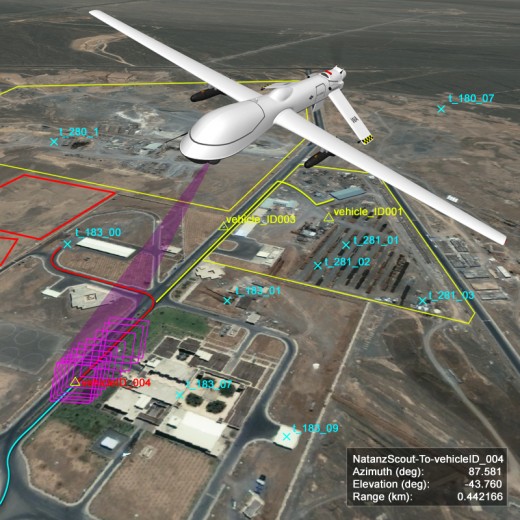MASINT Explained
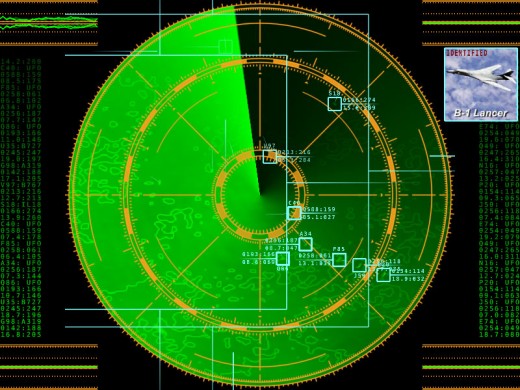
Unattended MASINT Sensors
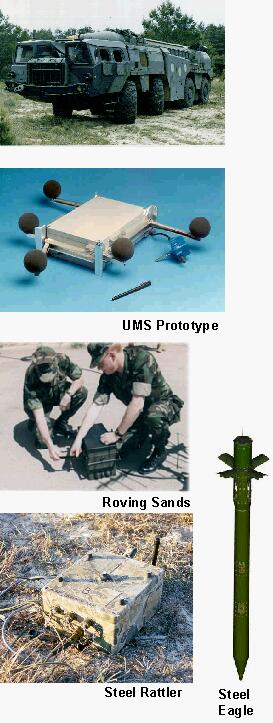
MASINT can be a little confusing because it draws on other –INTs to include obscure ones such as NUCINT or OPINT while including elements of SIGINT, ELINT, even TELINT from the technical side, but also IMINT and HUMINT. MASINT accounts for a majority of the –INTs used in All-Source intelligence. It seems that the most notable exclusion from MASINT is Open Source Intelligence (OSINT)
Let’s compare it to something people that never had a silver spoon in their mouth can relate to if they’ve snuck around somewhere and had to evade detection, or just wanted to know what was going on around them. First of all, there’s always someone else, it’s just a matter of if you know they’re there or not and vice versa. So let’s use the night time city street as an area of operation (AO) for this example. (FYI: I never carry change that jingles in my pocket because controlling your own “MASINT” emissions can keep you from getting mugged if you’re in the rough part of town). Take a second to listen, what do we hear? Well, there is something jingling however we can’t tell where it’s coming from. It could be change in a pocket but it’s not muffled or perhaps keys being fished out of a purse but there are no accompanying voices, so it’s probably just one person. There are footsteps ahead. Their hollow, clopping sound lets us know it’s a lady wearing heels just as we see her disappear around the corner ahead of us. The squeaking of sneakers betrays someone quietly lurking in the shadows and is quickly met by an aggressive voice demanding, “Who’s out there?” We can make out a pulsing yellow, red and blue glare reflected in the front window of the corner store across the street from where the lady turned the corner. Those hollow footsteps seem to have quickened their pace for some reason. Red and blue make sense for a police car, but the yellow doesn’t fit that theory. Your shadow suddenly stretches ahead of you. With no other traffic it’s unusual for a car to be still on the road. Looking over your shoulder, you see the source of both the light and the jingling sound as a waitress wearing sneakers climbs into her car, having unlocked it remotely, and shuts the door with a thud that echoes quietly. In the warm breeze on your face, you catch the scent of liquor and something that though unidentified, smells less than pleasant. As we near the intersection, we hear a radio squawking briefly and hear someone talking in a measured pace. Sounds like the cop theory was right, perhaps he’s pulled someone over and they have their hazard lights on… that smell is getting strong so we walk faster to prevent enduring it any longer than necessary. Finally reaching the corner, we find the source of the stench and the reason that that other lady started walking so fast, a drunken bum who tries to engage you in conversation with an outstretched hand hoping for a few bucks. And the source of that yellow light manifests itself as we hear the policeman say that it looks all clear. It’s an emergency kiosk that someone has activated.
Yellow Jacket Fuses MASINT, IMINT, UAVs to Hunt IEDs
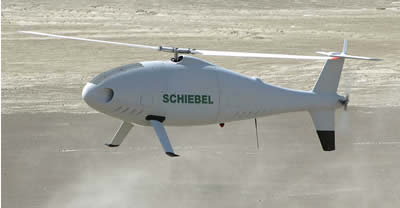
Ok, so let’s break this down, it’s really simple when you think about it. The jingling was a sound emission at a frequency that we could recognize as something metal on metal. At audible levels, the Doppler Effect allows us to discern direction and movement (think about the pitch and volume of an 18-wheeler blowing past you as it sounds its horn). Volume indicates distance. And analysis (why would someone be holding keys and walking around) indicates that they must be near their vehicle or at least not trying to sneak up on you. The change in pace of the footsteps ahead of us could mean nothing at all, or, as in this scenario, they indicate that the lady was trying to get away from the bum and avoid dealing with him. The sound of sneakers squeaking is an example of what happens when emissions discipline is compromised; anyone who knows about river city levels where all communications are cut off on a ship can understand this, even if it sucks. That voice that demanded to know “Who’s out there?” was doing something called pinging. It sent out a signal and waited for something to come back. Think of (SOund NAvigation and Ranging) sonar on a submarine. This starts to go into ELINT territory. It’s great at finding out who else is out there, but drawback is that active versions of it give themselves away as soon as they are brought online because asking, “who’s out there?” requires that you reveal your presence in the process.” Passive versions adopt an “ears open, mouth shut” posture and trade thoroughness for stealth by just waiting until the target betrays itself.
NBC Measurement and Signatures
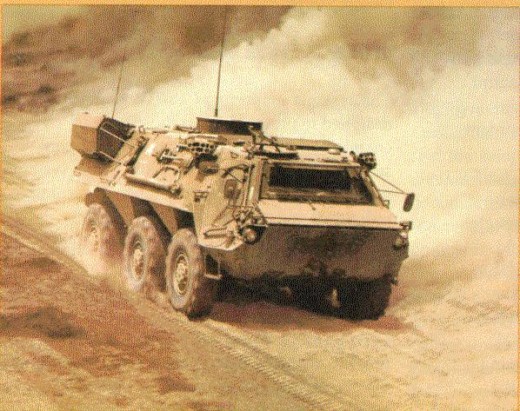
Where the waitress wearing those squeaky tennis shoes may have frozen and remained quiet a submarine may likely have turned off its motors and tried to mask itself near the oceans floor this is called SQ1 aboard the vessel. The red and blue lights are an emission characteristic of a police car, but the yellow strobe light is considered noise; it confuses the signal so that we can’t confirm things without more information. The reason that I use a police car is because knowing that it’s in the area also allows us to take into account courses of action i.e. behave ourselves. Also it indicates capabilities. At a minimum, when we know there’s a policeman nearby, he can check your speed if you’re driving, provide first aid if you’re hurt, protection if you’re in danger etc. Plus we don’t generally think about it, but included with that are the weapons capability, many police cars have a shotgun and/or AR-15 in them now, depending on where you are. Identifying the level of law enforcement (county, state, sheriff, etc) would give you a better idea of what weapons they carry. Plus the officer himself will undoubtedly have a loaded pistol, two spare magazines, asp (collapsible baton) and pepper spray/mace. The squawking radio does several things. For one, it indicates the communication platform which is specific to law enforcement. We don’t know what was said, (content data), but we know how it was communicated (emissions data). Moving on, notice also the significance of walking faster, the number of footsteps per minute, or even per second are comparable to network traffic or the enemy’s operational tempo (OPTEMPO). People talk more over communications channels when something is going on. We don’t have to know what it is to know that it’s happening. And notice that we reacted the same way to the smell. Notice also that the scent was an indicator. This would have more relevance in the tactical arena where we detect footprints before detecting an enemy patrol moving through the area. It’s really pretty simple once you break it down. That being said, let’s move on to how it applies in the real world: the Somali Pirates off the eastern coast of the Horn of Africa.
Was this hub helpful to you? If so, Please Click here
